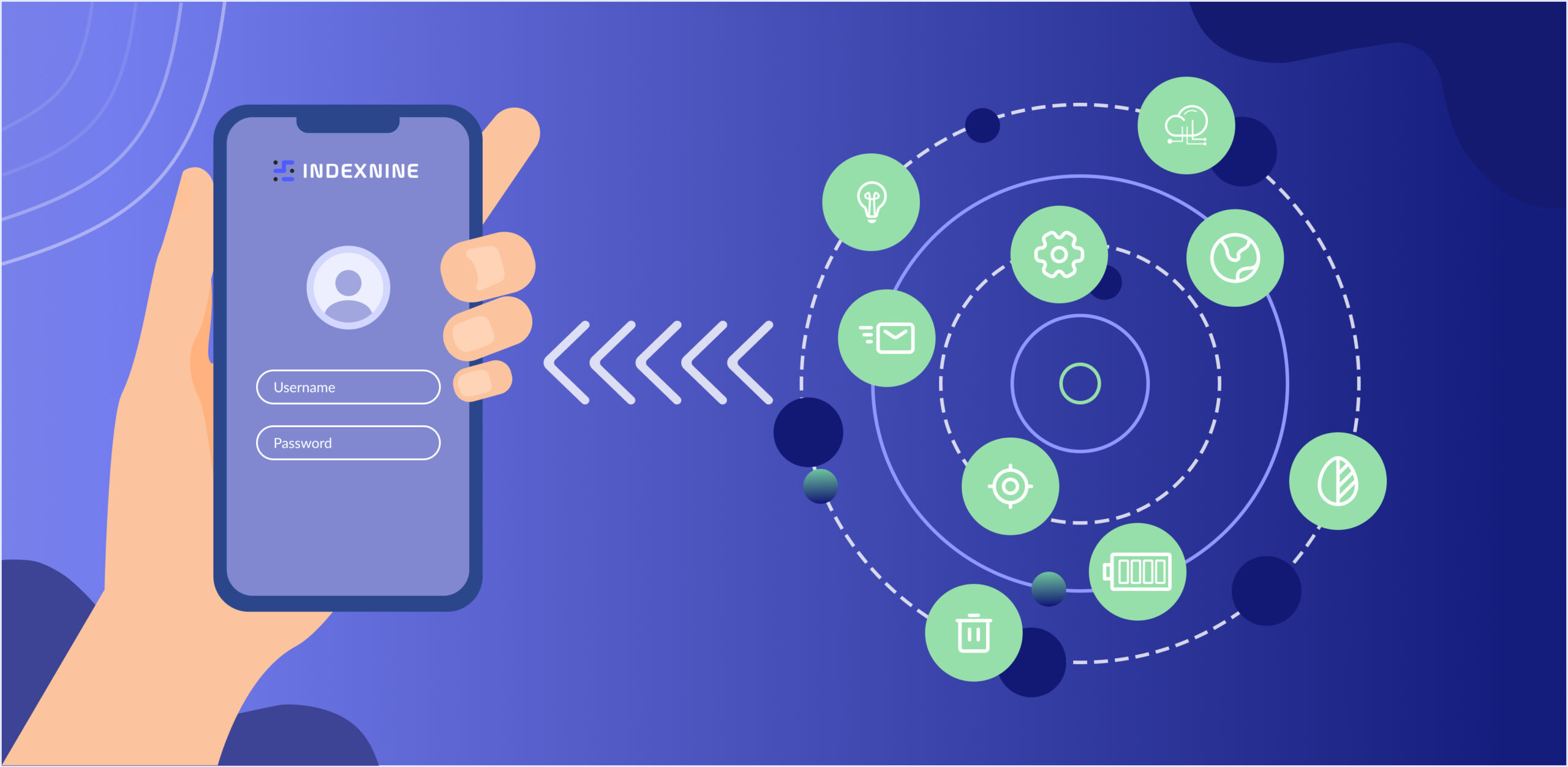
Introduction to the Mobile App Ecosystem
The world of mobile apps is vast and constantly evolving, affecting nearly every aspect of our daily lives. Whether you’re checking social media, managing your finances, or playing a game, mobile apps provide solutions for nearly everything. But behind the scenes, there’s a complex mobile app ecosystem that makes all of this possible. Let’s take a closer look at what this ecosystem is, how it functions, and why it’s so important for developers and users alike.
What is a Mobile App Ecosystem?
The mobile app ecosystem refers to the interconnected network of developers, platforms, app stores, devices, and end-users that collaborate to create, distribute, and use mobile applications. This ecosystem is responsible for making sure apps reach the right audience, work efficiently, and provide value to users.
Definition and Key Components
In simple terms, it’s the environment where mobile apps are developed, launched, distributed, and used. The key components of this ecosystem include:
- App developers who create the apps.
- Mobile platforms (such as Android and iOS) that provide the software environment.
- App stores like Google Play and the Apple App Store, where users download apps.
- End-users who download and use the apps.
The Role of Mobile Platforms
Learn about https://www.mobilesfx.com/, such as Android and iOS, are the backbone of the app ecosystem. They provide the foundation for app development by offering software development kits (SDKs) and application programming interfaces (APIs) that developers use to build apps. These platforms also manage the app store environments, handle updates, and ensure compatibility with a range of devices.
The Players in the Mobile App Ecosystem
Just like any ecosystem, the mobile app world has several different “players,” each with their own role. Here’s a closer look at these key players:
Mobile App Developers
App developers are the creators of the mobile applications. They write the code, design the user interface, and ensure the app functions correctly. They play a central role in the ecosystem because, without them, there would be no apps to distribute.
App Stores (Google Play and App Store)
App stores, such as Google Play for Android and the Apple App Store for iOS, act as the distribution channels for mobile apps. These platforms are responsible for the app submission process, app reviews, and ensuring that apps meet specific standards. They also handle payments and offer developers a way to monetize their apps through ads, subscriptions, or direct sales.
End Users
End-users are the consumers who download and use apps. They are an essential part of the ecosystem since, without users, apps would serve no purpose. Their preferences and feedback shape the development and success of mobile apps, as developers strive to meet the needs of their audience.
Mobile Operating Systems (iOS, Android)
The mobile operating systems, iOS (Apple) and Android (Google), are the two major platforms for mobile app development. These systems provide the necessary tools and environment for apps to run smoothly. They control the user interface and support features such as notifications, camera usage, and multitasking.
How the Mobile App Ecosystem Works
Now that we understand the main players, let’s take a closer look at how the mobile app ecosystem functions.
App Development Lifecycle
The development of a mobile app begins with idea generation and market research, followed by the design phase. Afterward, developers build and code the app, testing it for bugs. Once it’s ready, it’s submitted to the app store for review and distribution. From there, it’s available for download to users across the globe.
App Distribution and Monetization
Once an app is published in an app store, developers must focus on distribution and monetization. This can involve different strategies, including offering the app for free with in-app purchases, subscription-based models, or ads. Monetizing an app is an important part of the ecosystem, as it generates revenue for developers and platforms.
User Acquisition and Engagement
Acquiring users is essential for an app’s success. App developers need to employ marketing strategies, including social media campaigns, influencer partnerships, and app store optimization (ASO) techniques, to drive app downloads. Once users have downloaded the app, developers must focus on user engagement to ensure they keep using it.
The Importance of Mobile App Ecosystems
Why is the mobile app ecosystem so crucial? Here are some reasons:
Driving Innovation and Growth
The mobile app ecosystem fuels innovation. Developers are continuously creating new apps, adding features, and improving user experiences. This ongoing cycle of innovation leads to better products and services for users.
Creating Opportunities for Developers
With millions of users globally, the mobile app ecosystem offers vast opportunities for developers to create successful apps. By tapping into this market, developers can build brands, generate revenue, and even create jobs.
Improving User Experience
The mobile app ecosystem allows developers to continually improve app functionality, performance, and usability. This focus on improvement ensures a better experience for end-users and keeps them coming back.
Challenges in the Mobile App Ecosystem
While the mobile app ecosystem offers incredible opportunities, it also presents some challenges.
Market Saturation
The app stores are crowded with millions of apps, making it difficult for developers to stand out. With so many choices available, users may overlook new or lesser-known apps. As a result, app discoverability is an ongoing challenge.
App Discoverability
For apps to succeed, users need to find them. With app stores filled with thousands of options, it can be tough for users to discover new apps. Developers use app store optimization (ASO), paid ads, and social media marketing to improve visibility.
Security and Privacy Concerns
Mobile apps handle vast amounts of personal data, which makes them a target for hackers. Ensuring that apps are secure and protect user privacy is a growing concern for both developers and users.
The Future of the Mobile App Ecosystem
The mobile app ecosystem is constantly evolving. Here are some key trends to watch for:
Emerging Trends
Apps are becoming more integrated into our daily lives, with advancements in augmented reality (AR), virtual reality (VR), and 5G networks offering exciting new possibilities for app functionality. Apps are also incorporating more AI features, which will further personalize and enhance user experiences.
Integration with IoT and AI
In the future, mobile apps will increasingly be integrated with the Internet of Things (IoT), enabling users to control smart devices directly from their phones. Additionally, AI-powered apps will offer even more personalized and predictive experiences, allowing users to get the most out of their apps.
Conclusion
The mobile app ecosystem is a dynamic and interconnected environment that brings together developers, platforms, stores, and users to create, distribute, and use mobile applications. As the mobile industry continues to grow and evolve, understanding this ecosystem is key to developing successful apps and creating seamless experiences for users.




